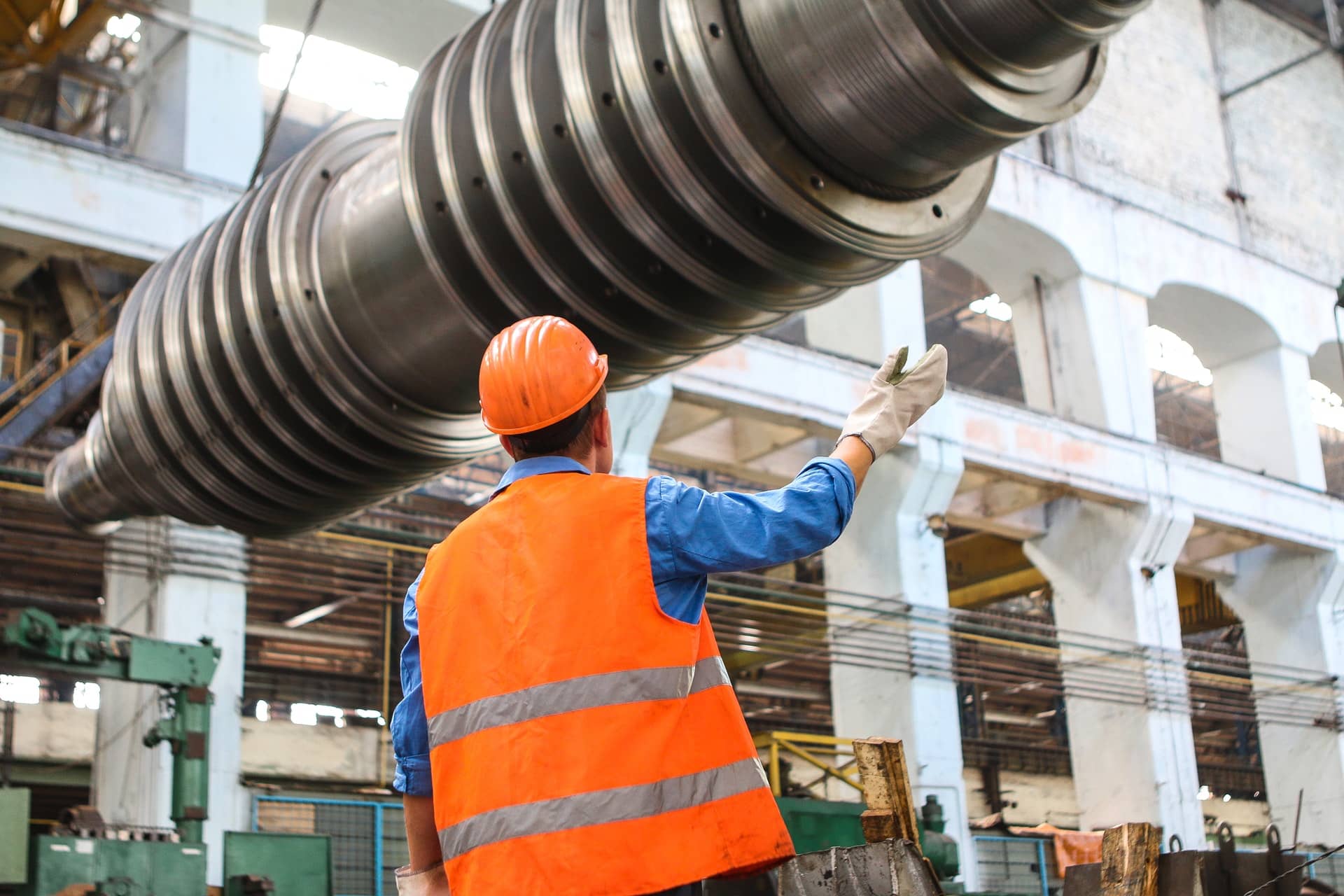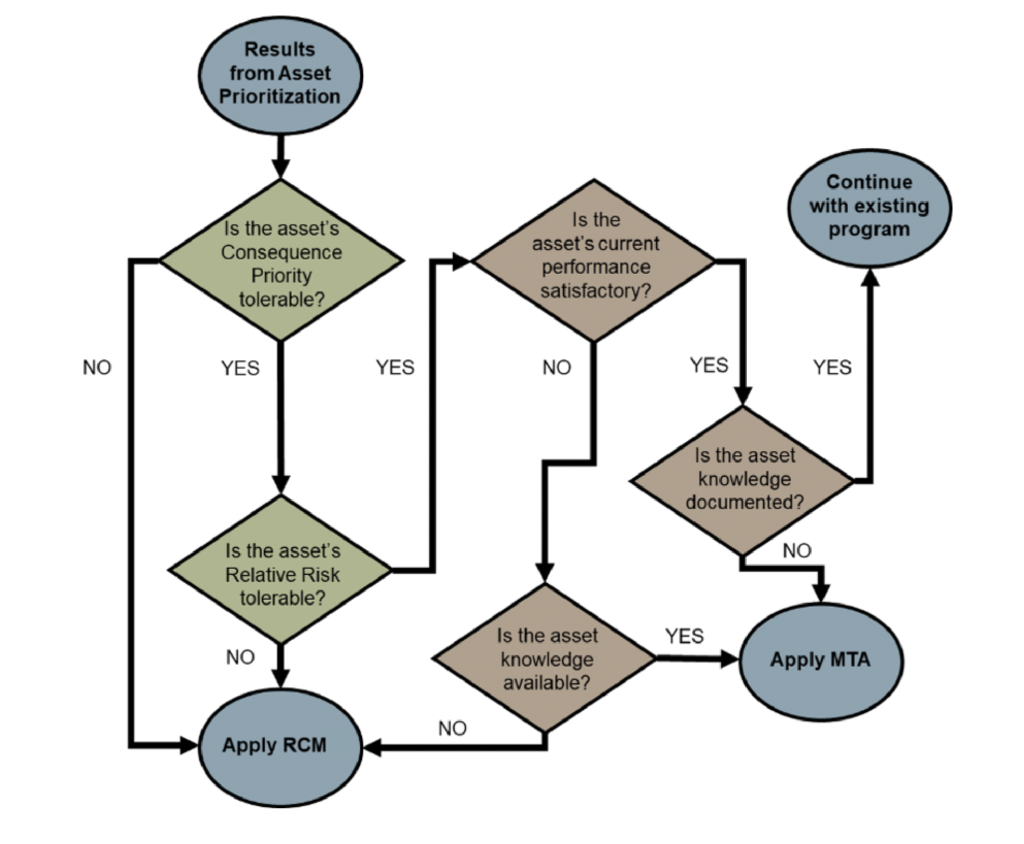
Maintenance Task Analysis™ (MTA)
Fast and Effective Software for Less Critical Assets
MTA is used for less critical assets as determined using ACAP, ensuring all your assets are covered. MTA is not a zero-base analysis (like RCM) and is a process designed to review existing maintenance programs and care strategies to ensure the PM tasks satisfy both criteria; technically feasible and worth doing (tasks must address failure modes and the risk). MTA fully integrates with our other risk-based approaches and is designed to work in tandem with RCM. It is possible to integrate MTA with your Work Management System or use staging tables to support integration.
The Purpose of Maintenance Task Analysis
MTA is a best practice for asset management for regular review of your asset care programs to check if tasks are still effective. As modifications are made to your equipment or the Operating Context, MTA is an important tool to validate the PM tasks.
In many cases the PM adds maintenance tasks to treat an individual failure mode, but the task proves to be ineffective. Nobody follows up on it, and it remains a maintenance task for years.
Another reason to use MTA is to capture knowledge across your organization. With an experienced workforce, all kinds of undocumented tasks are performed and this knowledge is not transferred to new hires. Asset performance declines as the workforce retires.
Sometimes just improving the task descriptions to include what to check, how to check it and performance criteria for good/bad improves the PM. This standardizes the task regardless of who performs it.
Aladon provides guidance with its Reliability Strategy Selection (RSS) to select the risk appropriate methodology to use. MTA is not recommended for critical assets or when there are chronic problems on equipment since there may be fundamental problems with the PM that requires a zero-based approach like RCM.

How your organization can use MTA to review and validate tasks
- Identify mandatory tasks and document the regulatory reference for the tasks
- Identify tasks that are not preventing a failure mode and mark them as a candidate for removal since effective tasks should address one or more failure modes
- Identify any duplicate tasks. Sometimes different crafts are doing similar checks, or repetitive checks are done at different frequencies
- Identify specific failure modes and mechanisms that are useful for audits and maintenance optimization
- Check if a task is cost effective as technology and resources change over the years
- If a task is not cost effective, then determine if a change in interval or technology make the task more effective
- Review the task description to ensure the description is clear and effective with a performance standard
- Identify any missing tasks that address a missing failure mode based upon recent failure history. You can check the proposed new tasks to see if they are technically feasible and worthwhile
- Document informal tasks that are being performed that are not on a procedure
Benefits of MTA
- Reduce the amount of fire fighting with more effective maintenance
- Capture intellectual knowledge of the people who know the equipment best
- Reduce labor spent on non-value-added routine maintenance
- Use predictive maintenance technologies effectively
- Integrate operational tasks into the asset reliability program where appropriate
- Improve task descriptions to inform maintenance what to do, how to do it, and specify performance criteria
- Define maintenance task intervals on technically valid principals
While RCM3™ is the most rigorous approach ideal for critical assets, MTA provides an accelerated process for lower-risk assets. Together, MTA and RCM3 can provide coverage across the bulk of an asset base to develop technically sound maintenance programs for optimal asset performance.